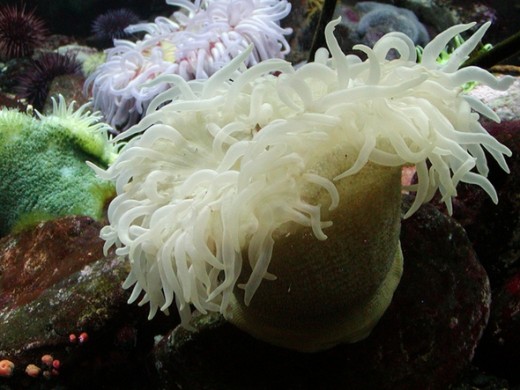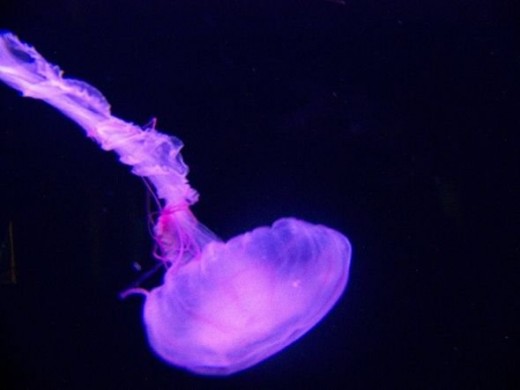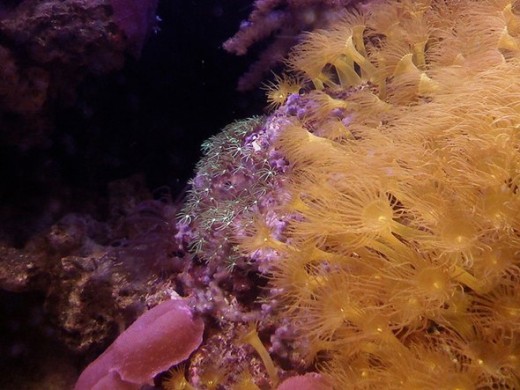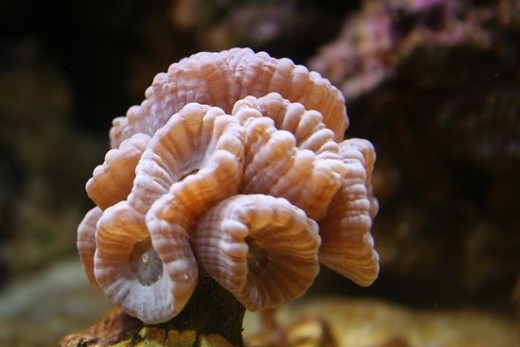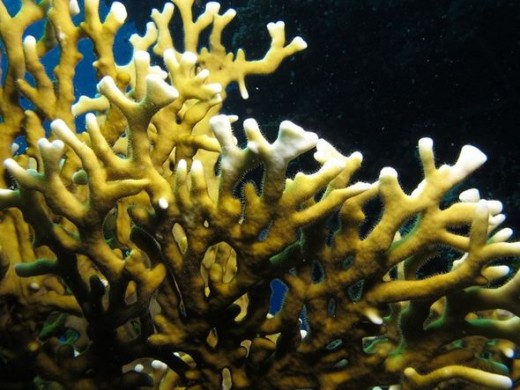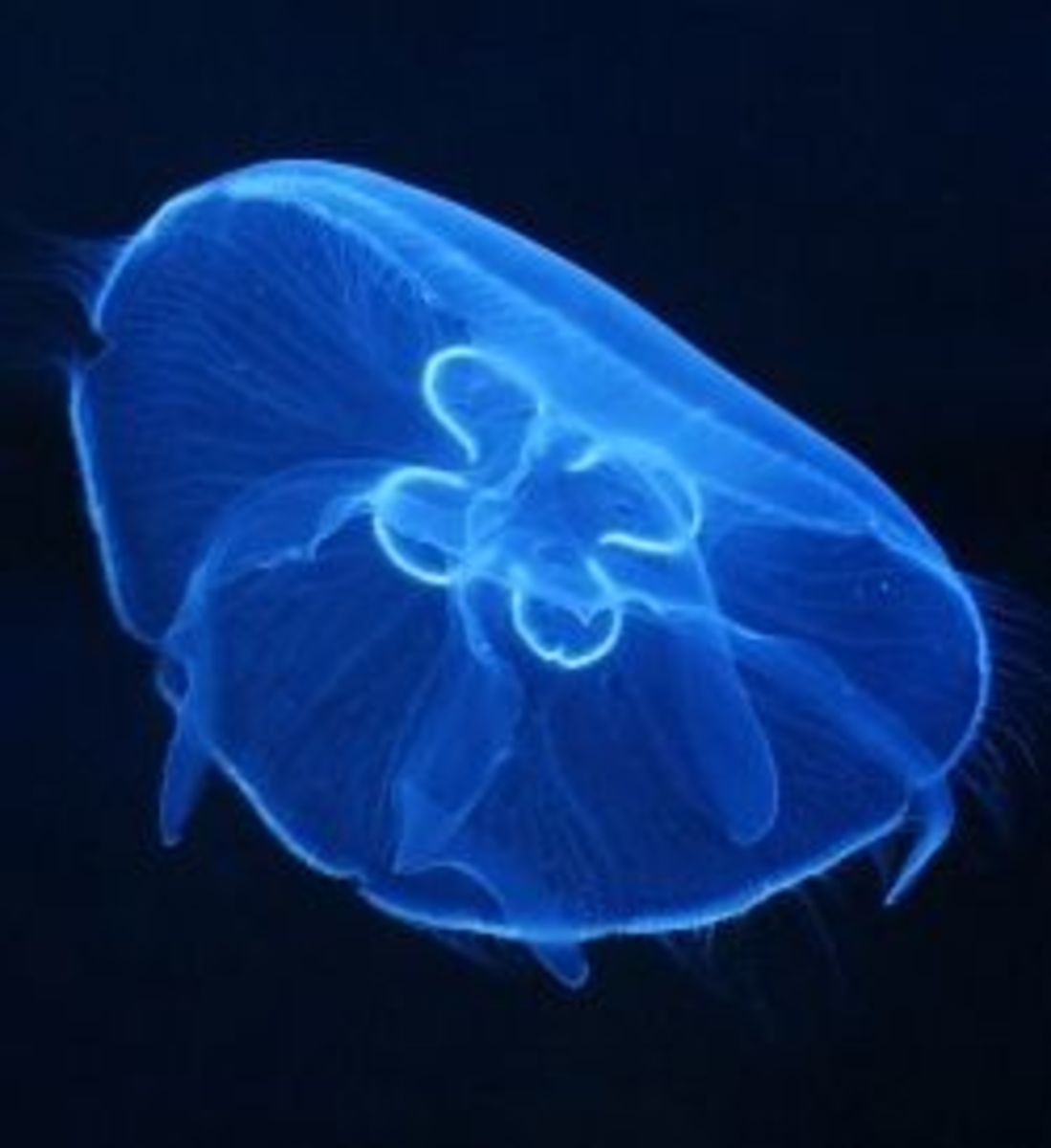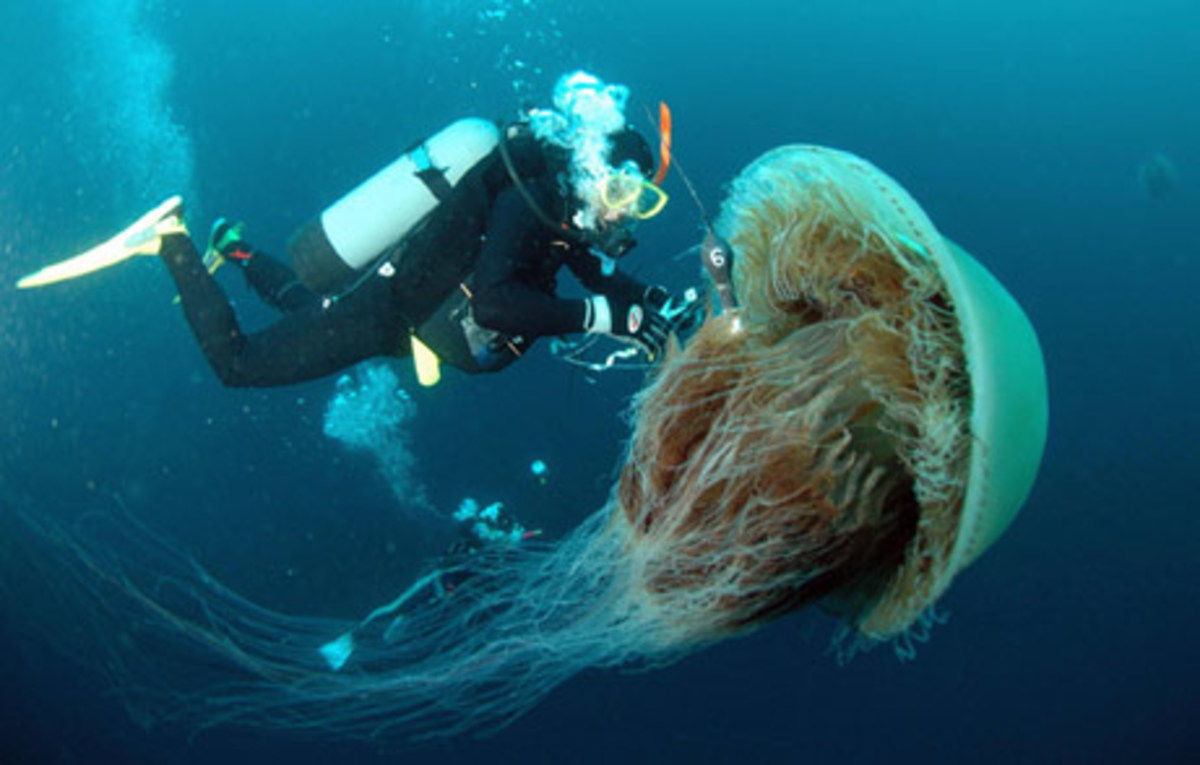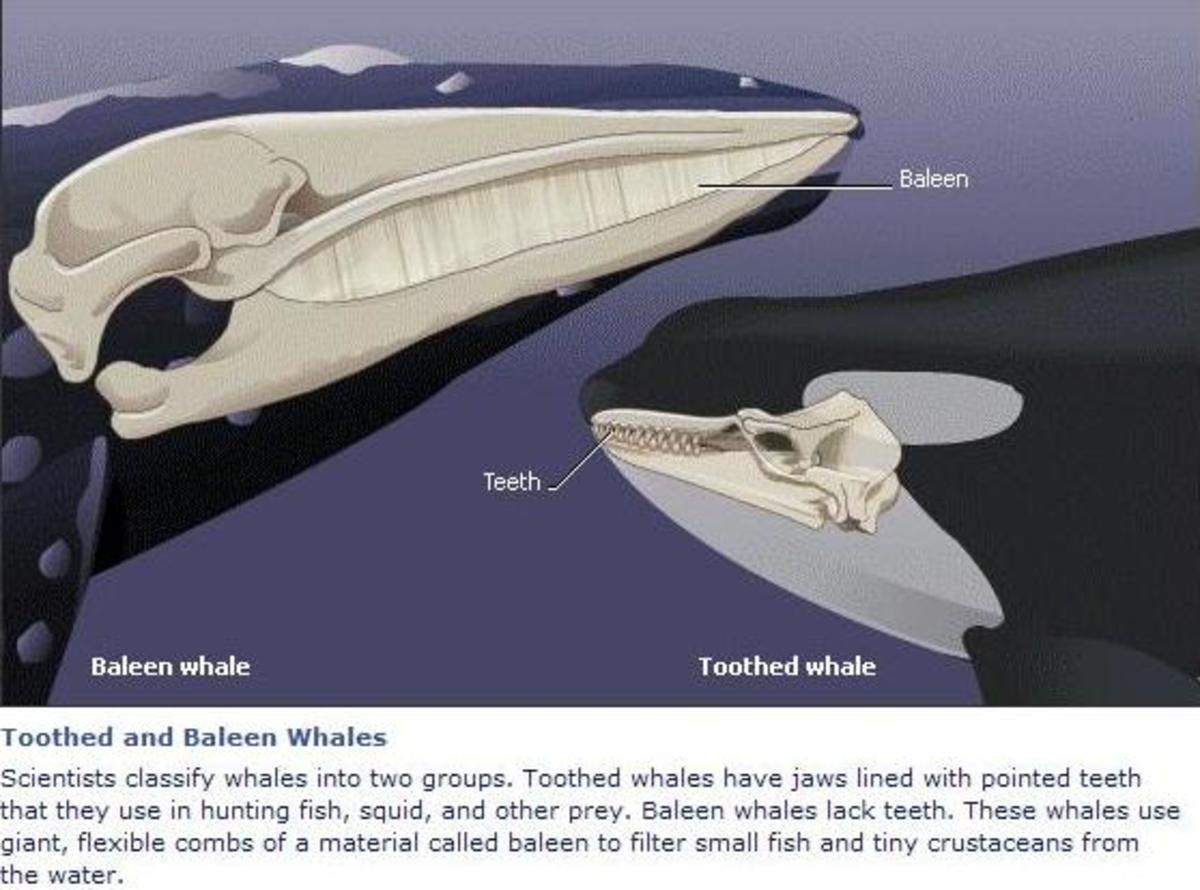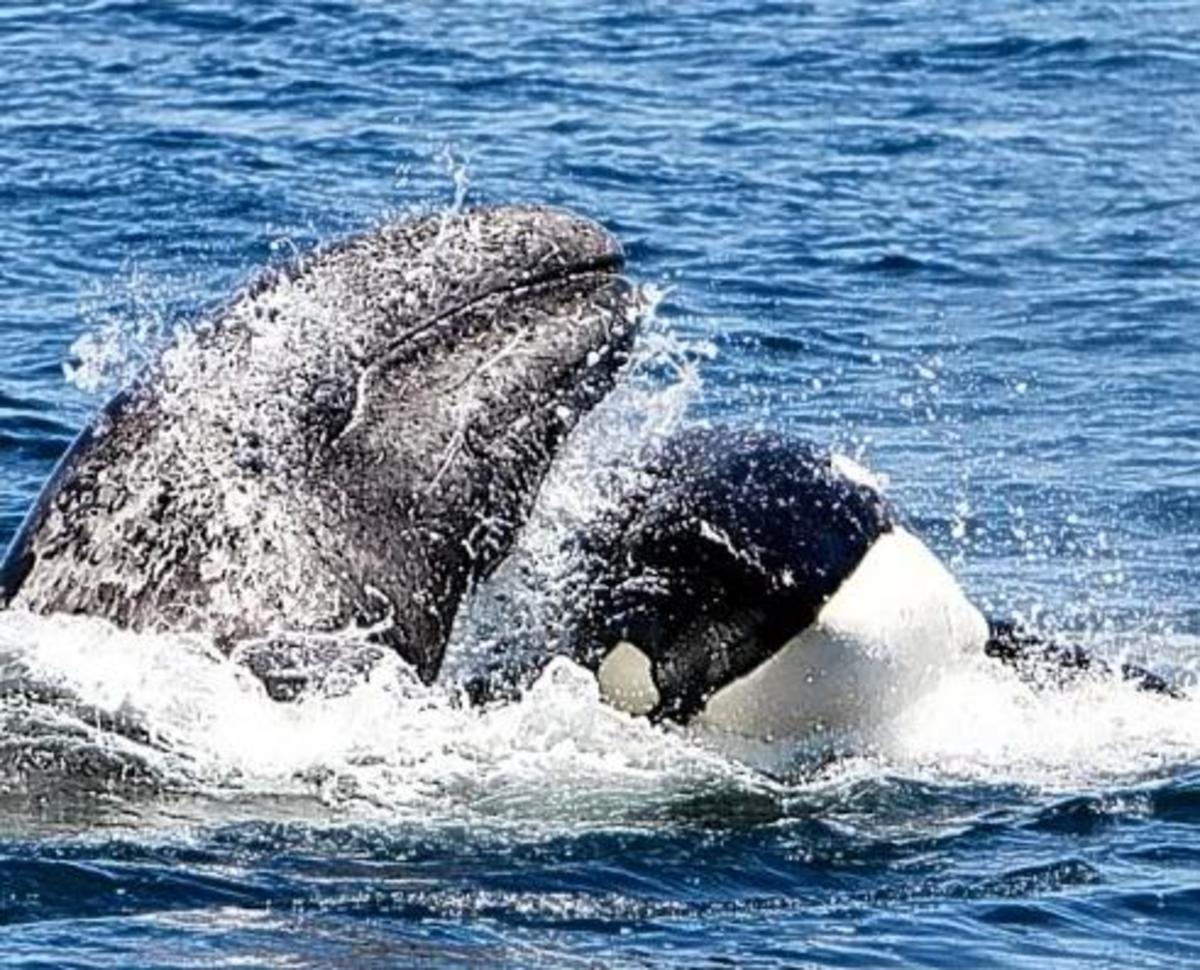- HubPages»
- Education and Science»
- Life Sciences»
- Marine Biology
What are Cnidarians?
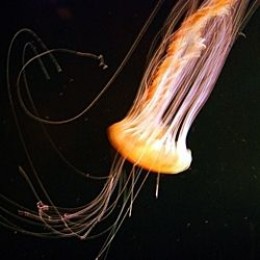
If You Step on Them, Cnidarians Siting You!
Oceans are the place where the life began. In these huge water bodies, Cnidarians are one of the oldest and rare animals on earth. There is a fantastic deal of oceanic life at enormous depths. However, where there is no possibility of primary production, which is the basis for the grazing food chain.
In the phylum Cnidaria, the Cnidarians, involving organisms like the jellyfish and sea anemones that are located in the shallow sea water. You might remember that these creatures can give you a cruel sting if you step on them.
That's because Cnidarians possess stinging cells which is identified as nematocysts. When contacted, the nematocysts unbridled lengthy, hollow threads that are proposed to trick the victim. To immobilize the victim, at times, venom of Cnidarian is also penetrated to the body of the prey through this hollow, long, thread.
Photo Credict: Skott Reader @ flickr under CC license.
About Cnidarians.
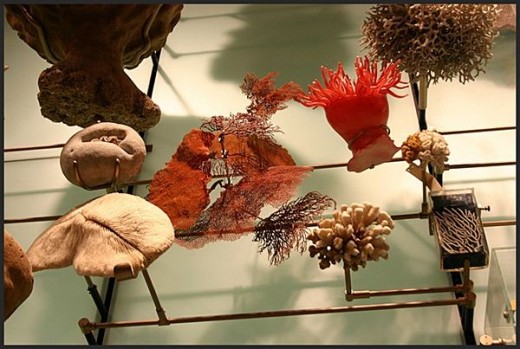
Photo Credit: Ryan Somma @flickr under CC license.
Practically, we all have the same view that the Cnidaria arise from the combination. The dilemma exists in their relationship with other animal phyla. More or less, all possible schemes have their groups.
Not like sponges, the Cnidarians are created by genuine tissues. The innermost tissue layer secretes digestive enzymes into the Gastro vascular cavity, a sizable gap that has digestive and circulatory tasks simultaneously.
The Cnidarians also have nerve tissue structured into a net like arrangement. However, they do not possess suitable organs.

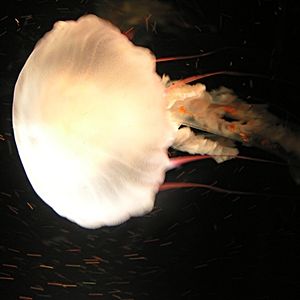
The Structure of Cnidarians.
Cnidarians have diploblastic, tissue level management. Cells are organized into tissues that stand out specific functions. The ectoderm of the cell gives rise to an outer layer on the wall of the body, termed as epidermis.
The interior layer of the wall, designated gastrodermis, is originated from endoderm. The jelly like Mesoglea is located In between the two,gastro-dermis and epidermis and the gastro-dermis. The body plan of Cnidarians is unique because these organisms are seemingly proportioned.
They have a globular body system. So, any piece of the body cut through the middle of the creature may generate two separate halves alike. They have two natural body appearances, polyp and medusa.
The polyp is formed like a cup object with the mouth fixed up, like a sea anemone. The medusa is a bell-shaped body with the mouth and tentacles focused down, like a jellyfish.
Photo Credit: NickStenning @ flickr under CC license.
The Stinging Cnidarians.
The huge oceans are not only give life they also take life. They are as productive as they are harmful. The Cnidarians make their toxin in certain stinging cells described cnidoblasts. These include a system called the nematocyst, a pear-shaped vesicle with a coiled thread within it. An appropriate stimulus will cause the line to be extruded and grasp the prey, injecting poison into it.
When you brush up against a Cnidarin such as fire coral, tiny trigger hairs along its tentacles are triggered, causing a thorn to be fired into your skin.
If the needle is long enough to penetrate your skin, a small amount of neurotoxin is delivered and you get stung. The majority of the Cnidarians do not have stingers long enough to stinging summer months.
These are the thermocline most diverse experience. They are caused by sunlight warming the surface of the water. Cnidarians are separated into four assortments:
1. Anthozoa.
2. Hydrozoa.
3.Cubozoa.
4.Scyphozoa.
Stinging Cnidarians - Vid

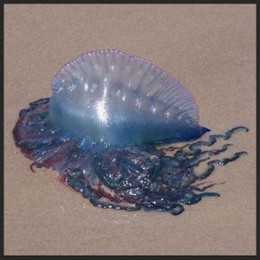
Portuguese Man of War.
Maximum of the 2800 types of hydrozoa are simple, but some can deliver traumatic harm on individuals. Well recognized cases of three species are the sea-fires, fire corals and the dangerous Portuguese man of war.
Apart from serious stinging cases from the Portuguese man of war, hydrozoan stings are not normally frightening, although the discomfort can last for many days. The stinging of fire corals have nematocysts that differ in stinging force according to the type.
The hydroid corals can produce a burning skin rash. They are usually located collectively with actual coral reefs in warm waters of the Indian and Pacific oceans, also in the Red Sea and Caribbean. The Portuguese man of war seems like a lone entity but is actually a colony of polyps.
One polyp in the group is inflated with air, to support the colony float. Some other feeding polyps attached below with full of nematocysts. Consequently, the Portuguese man of war is famous to produce seriously burning stings to swimmers and surfers who unintentionally brush up against these organisms in the water.
Photo Credit: J .Stephen Conn @ flickr under CC license.
Coral and Cnidarians.
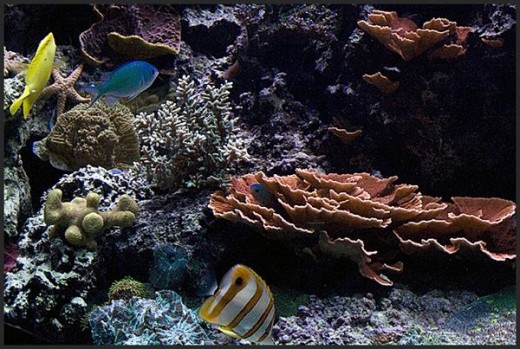
Photo Credit: me and the sysop @ flickr under CC license.
Some kind of Cnidarians is also known to produce colonies. are formed from colonial Cnidarians called Corals. The corals are sessile polyps that can expand their tentacles to feed on ocean animals that pass by.
The calcium carbonate is forming the skeletons. It is nothing but simple limestone. Over long intervals of time, their skeletons can mount up to generate massive structures known as coral reefs.
Coral reefs are valuable habitats for different types of ocean life. The coral colony rises slowly upon the combined skeletons of its descendants until it touches the low tide mark, after which event extends out on the edges of the reef. A solid well reef can expand four to five centimeter a year.
Colorful Ocean Life
Click thumbnail to view full-size




The Anemones & Cnidarians - From Amazon

The Cnidarians - Vid
Your Opinion About Ocean Life
Do You Love to Know About Ocean Life?

